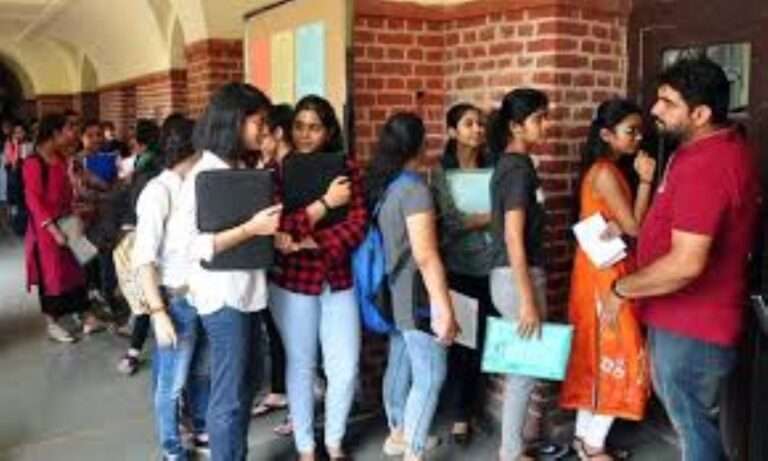Recent Blog
The Common Law Admission Test (CLAT) 2025 is scheduled for December 1, 2024, offering students...
CLAT 2025: Candidates who wish to appear for the law entrance exam can apply on...
CLAT 2025: The CLAT 2025 registration will begin on July 15. The Common Law Admission...
Delhi University has started the registration process for 5 year law programs. Candidates applying for...
The Bar Council of India, in a supplementary affidavit filed before the Delhi High Court...
Admissions for undergraduate and graduate programs will be by CSAS (UG) 2023 and CSAS (PG)...
The Central Karnataka University will start admission for its undergraduate programs from May 21 this...
AIBE XVII Result: Candidates who have taken the exam can now check their result on...
CUET PG 2023: Interested and eligible candidates can apply until May 5 on the official...
Once released, candidates who have taken the AIBE XVII(17) 2023 exam will be able to...
The university currently has eight schools and 34 departments that offers science and humanities programs...
CUET UG 2023: After Delhi University, BHU received the most applications among central universities. Here...
CUET PG 2023: Exams will be held daily from June 5-12, i.e. June 5, 6...
Jamia Hamdard offers study programs in Pharmacy, Medicine, Nursing, Chemistry and Life Sciences, Engineering, IT...
Hyderabad University has 12 schools: School of Mathematics and Statistics, School of Chemistry, School of...
















